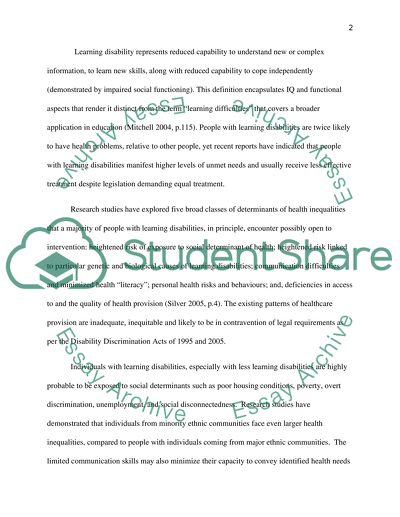Cite this document
(“Intervention for People with Learning Disability Essay”, n.d.)
Retrieved from https://studentshare.org/nursing/1490629-intervention-for-people-with-learning-disability
Retrieved from https://studentshare.org/nursing/1490629-intervention-for-people-with-learning-disability
(Intervention for People With Learning Disability Essay)
https://studentshare.org/nursing/1490629-intervention-for-people-with-learning-disability.
https://studentshare.org/nursing/1490629-intervention-for-people-with-learning-disability.
“Intervention for People With Learning Disability Essay”, n.d. https://studentshare.org/nursing/1490629-intervention-for-people-with-learning-disability.


